Keywords: large wheel loaders, cat skid loaders for sale, cat wheel loaders for sale
Purchasing equipment for your construction or contracting business is a crucial part of your success. You must consider your applications to decide on the right machines for any job. However, knowing the typical life span of the equipment used in your industry tells you how long you can expect your fleet to serve you well.
In this guide, we will explain the types of equipment you might use to build structures, prepare land, complete demolitions or trench and how you can maximize the life expectancies of investments. Here’s how to get the most from your Cat® skid steers, excavators, bulldozers, backhoe loaders, wheel loaders and telehandlers.
THE VALUE IN KNOWING THE LIFE EXPECTANCY OF CAT® EQUIPMENT
There are several variables that affect the life span of construction equipment, including whether or not you store machines in temperature-controlled areas, how often you run the equipment and finish maintenance tasks and what types of jobs you take on.
Understanding the projected life span of equipment is important because these references can help in deciding when to replace sections of your fleet versus going with a repair. Monitoring the age and condition of your machines allows you to evaluate your operational costs and make rational decisions for selling parts of your fleet and upgrading.
1. SKID STEERS
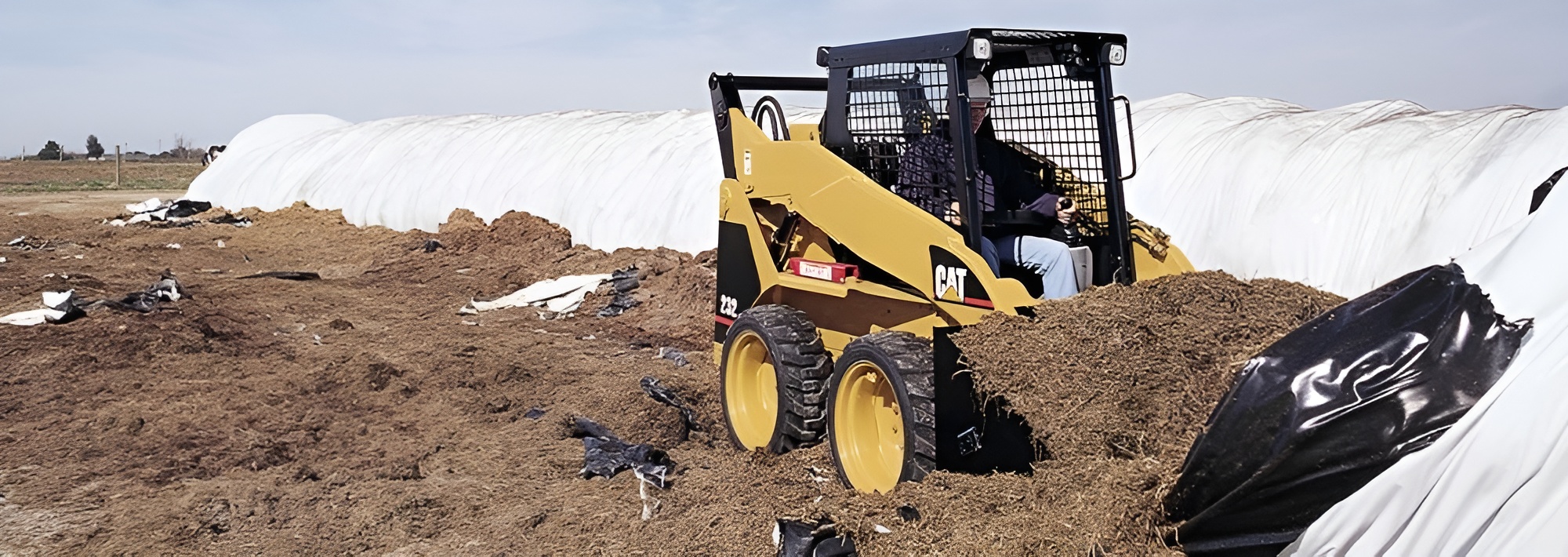
Skid steers are pieces of equipment for digging, scooping and hauling away materials. No matter if you’re responsible for landscaping work, cleaning up after a demolition, removing snow from parking lots or handling aggregates, very few pieces of equipment get the job done like a skid-steer loader.
The life expectancy of a Cat skid steer can be upwards of 5,000 hours with the right level of care. Skid steers are under incredible stress since it’s common for teams to use these in all weather conditions. These are hard-working machines that are also compact in size. The engines and hydraulic components of a Cat skid steer are put to the test when using bucket attachments since there is a repeated motion of lifting and lowering front-facing arms to relocate scraps, debris, rocks and dirt.
Like other machines in your fleet, skid-steer loaders should be handled with care. Being gentle with controls and driving skid steers at practical speeds can prolong the life span of the equipment. Going the extra mile to wipe down skid steers after working in muddy and wet conditions is also beneficial.
2. EXCAVATORS

Earthmoving, debris removal and demolition tasks go smoothly with the help of excavators. Known for their large boom arms and buckets, these machines enable you to dig below the ground and scoop sand, gravel, mulch and broken concrete. Excavators come in numerous sizes to accommodate the demands of your business. Generally, the larger the excavator, the sooner you will need to consider replacing your equipment.
It’s possible for your team to use an excavator anywhere from 7,000 to 10,000 hours before a replacement is necessary. It’s important to note that by the time you reach the 10,000-hour mark, you’ll likely have completed several large-scale repairs to undercarriage components and tracks. Excavators are made to operate in challenging conditions — where terrains are uneven, rocky and damp.
Pay attention to the underside and tracks of an excavator to catch anything out of the ordinary before it develops into something that affects functionality. Preventing unnecessary wear on an excavator is straightforward. Remove any visible dirt buildups on your equipment at the end of each workday and refrain from pushing your excavator beyond Caterpillar recommendations.
3. DOZERS
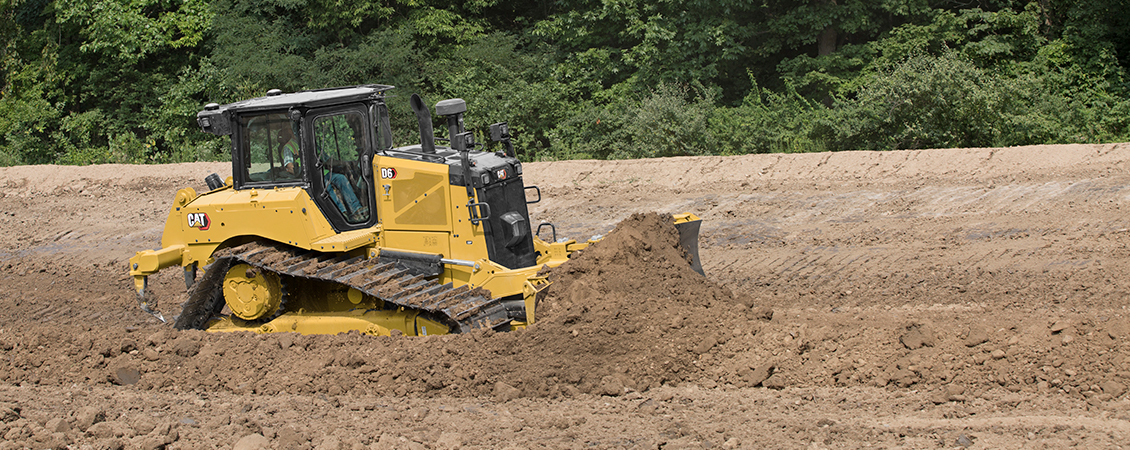
It’s difficult to imagine a demolition project without bulldozers. The equipment is essential for any job where operators need to push materials from one place to another — this might include debris, soil, sand and rubble.
Most bulldozers feature a large front blade to guide materials with precision while the machine is moving. These machines have the potential to save workers hours of manual labor and bulldozers are frequently used outside the construction industry as well. Professionals in mining, agriculture and landscaping fields are quick to buy bulldozers due to their versatility and power.
Bulldozers can be incredible assets for your team and the normal life expectancy of the equipment is around 7,000 to 10,000 hours. Similar to other machines on our list, wear and tear should be expected with a bulldozer since the technology is put under stress to move dense materials and objects. Factors that influence how long your equipment will last are the angles at which you operate machinery, the speeds at which you drive bulldozers and how clean you keep the tracks.
You can keep your bulldozers running for the long haul by remembering to rinse mud from tracks and undercarriage components, monitor oil levels, grease components at recommended intervals and ensure your tracks are set to the correct tension level specified by Caterpillar.
4. BACKHOE LOADERS
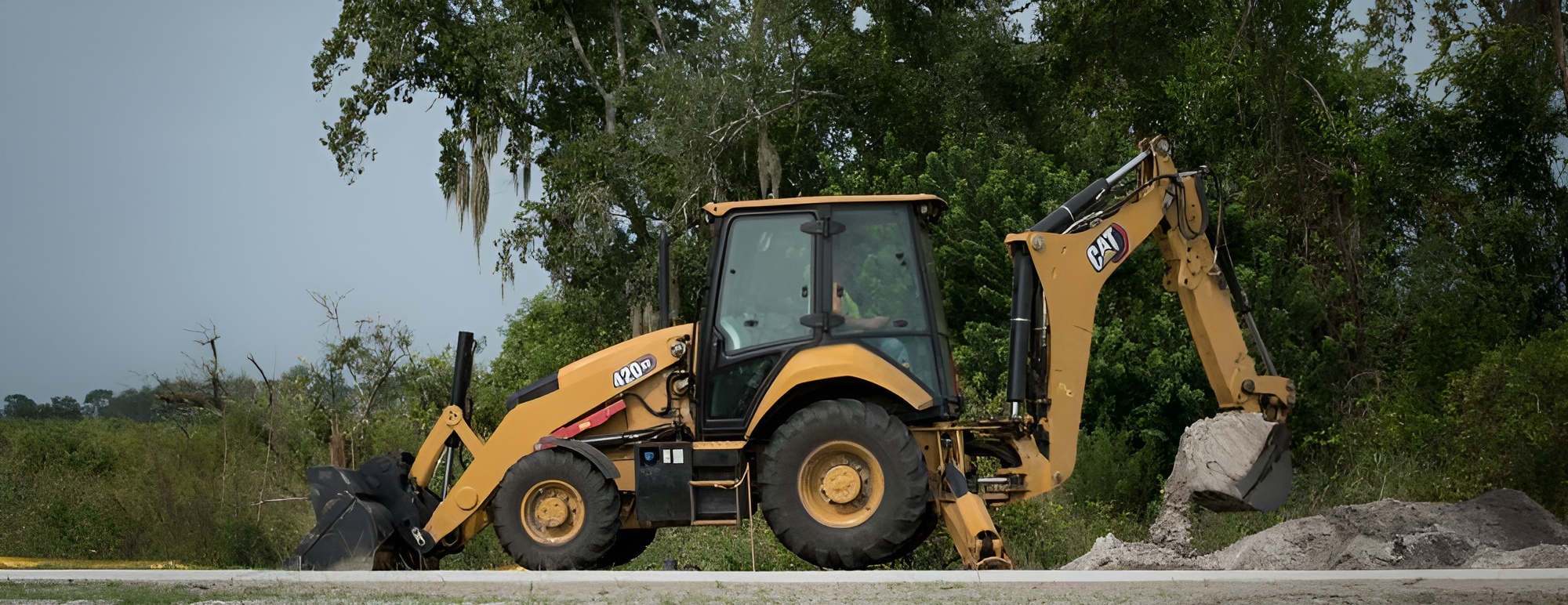
Backhoe loaders give you the option to dig and move materials with a single machine. One side of a backhoe loader showcases a shovel bucket for scooping aggregates, while the opposite end features a backhoe for breaking up chunks of dirt, soil and asphalt. You might use a backhoe loader to prepare land for new construction, trench, repair roadways or clean up post-demolition.
The fact that these machines are equipped with front- and back-end attachments means operators can get away with using one backhoe loader instead of traveling with a skid steer and an excavator. Backhoe loaders are known to provide a maximum service life of around 8,000 hours, but this is not without a decent number of engine repairs. You’ll likely notice problems with backhoe loader axles as well.
One of the best maintenance tasks you can complete for a backhoe loader is to schedule routine oil analysis tests. Knowing how clean your oil supply is will tell you about the status of a backhoe loader engine and if there is anything that can be done to prevent unexpected downtime.
5. WHEEL LOADERS
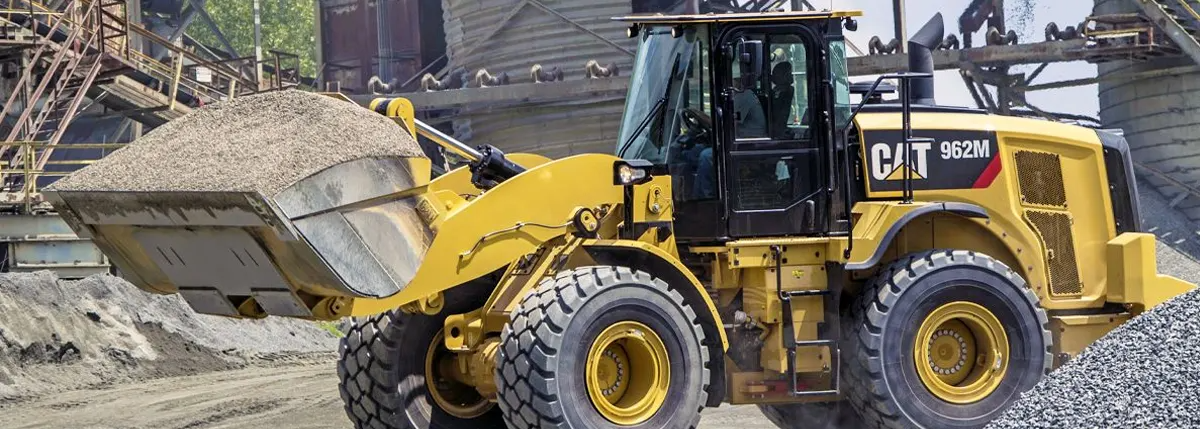
A wheel loader is a valuable tool for anyone trying to lift and lower building aggregates into trucks. Sometimes called front loaders, wheel loaders are identified by their front-facing bucket attachments and massive tires that allow them to roll over uneven and rugged terrains.
The most common job for wheel loaders is transporting gravel, soil and dirt throughout building sites. The machines allow for the precise placement of materials which helps teams streamline operations. Wheel loaders are some of the most popular machines for construction crews and contractors. Luckily, the life span of the equipment is impressive. Some Cat wheel loaders may provide a 10-year service life which is about 12,000 hours before they call for a replacement.
Some advice for prolonging the life of a wheel loader is to focus on operator training. Front loaders are incredibly durable with correct use. Check that your equipment operators accelerate and brake at reasonable speeds to prevent unneeded stress on these systems. Fortunately, some of the latest Cat wheel loaders are available with acceleration control and clutch modulation technology to keep operators in line.
Another tip to extend the life span of your equipment is to keep front loaders away from steep hills and slopes. See what you can do to balance the weight of these machines when the loading buckets are full of material.
6. TELEHANDLERS
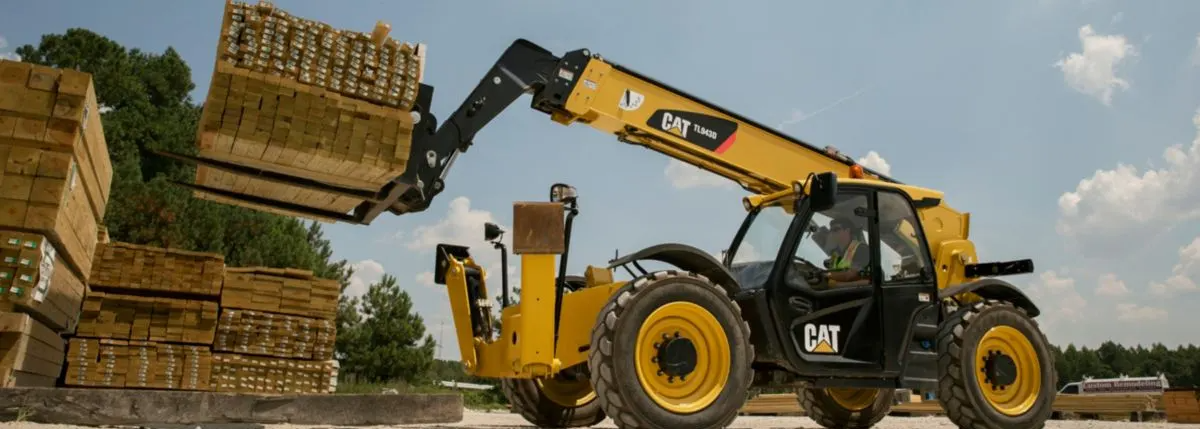
Your construction or contracting business may require telehandlers or telescopic handlers to move supplies to working heights. Telehandlers give operators a full range of motion using crane-like boom arms. After equipping the right attachment for your job, you’re free to raise items and guide them diagonally above and in front of the cabin. Many teams choose attachments like buckets, pallet forks and work cages for telehandlers.
A well-maintained telehandler should serve you for around 7,000 to 10,000 hours. Telehandlers work hard, but their engines can run at relatively low RPMs compared to machines that push soil, dirt, rubble and gravel. It’s common for telehandlers to have multiple owners before a significant repair is necessary. You may want to expand your fleet with telehandlers that have newer cabin safety features and controls before an older machine fails you.
Simple tasks like replacing air and oil filters, checking battery connections for corrosion, inspecting tire tread, filling tires with air and looking for hydraulic fluid leaks go a long way in extending the life span of this equipment.
CHOOSE HYDRAULIC MAGNET FOR CAT EQUIPMENT AND MAINTENANCE SERVICES
Hydraulic Magnet started in 1933. Our team cares about your equipment fleet and wants to make sure you’re ready for new opportunities. You can count on us for the latest machines made by Caterpillar as well as professional service when you need it. Our professionals will help you decide on machines for your applications and can go into further detail about the life expectancies of Cat models.
Look through our equipment offerings online and feel free to contact us for more information about our sales process and equipment services today.